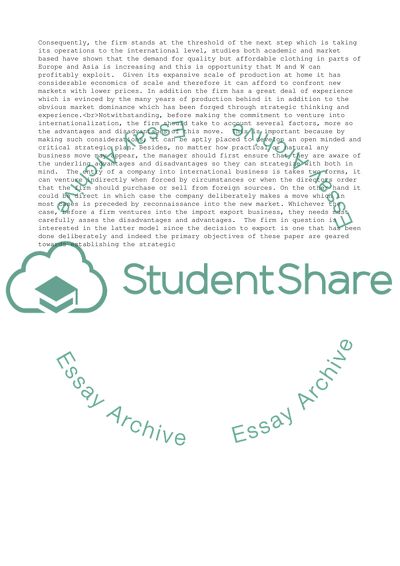Cite this document
(“Entry Strategies and Exporting Essay Example | Topics and Well Written Essays - 3500 words”, n.d.)
Entry Strategies and Exporting Essay Example | Topics and Well Written Essays - 3500 words. Retrieved from https://studentshare.org/business/1647591-entry-strategies-and-exporting
Entry Strategies and Exporting Essay Example | Topics and Well Written Essays - 3500 words. Retrieved from https://studentshare.org/business/1647591-entry-strategies-and-exporting
(Entry Strategies and Exporting Essay Example | Topics and Well Written Essays - 3500 Words)
Entry Strategies and Exporting Essay Example | Topics and Well Written Essays - 3500 Words. https://studentshare.org/business/1647591-entry-strategies-and-exporting.
Entry Strategies and Exporting Essay Example | Topics and Well Written Essays - 3500 Words. https://studentshare.org/business/1647591-entry-strategies-and-exporting.
“Entry Strategies and Exporting Essay Example | Topics and Well Written Essays - 3500 Words”, n.d. https://studentshare.org/business/1647591-entry-strategies-and-exporting.


